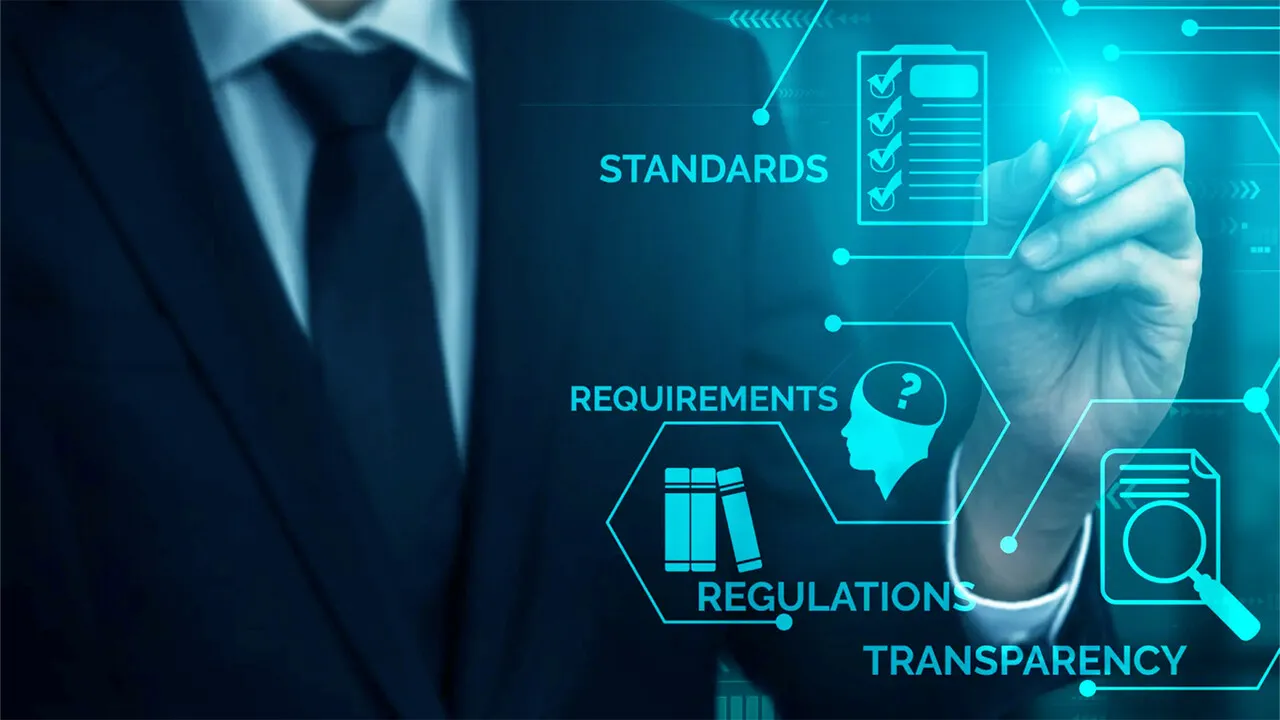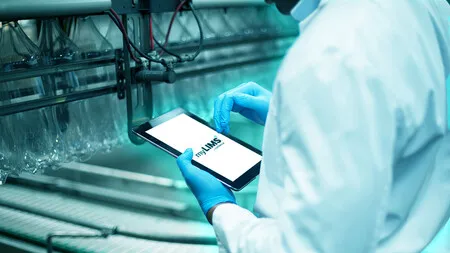August 26, 2025
Non-conformance Management in Quality Control Laboratories
Table of Content

Quality control laboratories play a crucial role in ensuring the quality of products and services in a variety of industries, including food and beverage, manufacturing, chemical, evironmental, mining, and many others. To meet customer expectations and regulatory requirements, it's essential that these laboratories operate accurately and consistently. However, in any laboratory environment, nonconformities are inevitable.
Effective management of non-conformities is essential to maintain the integrity of analysis results and ensure compliance with quality standards. In this article, we will explore the challenges associated with managing non-conformances in quality control laboratories and discuss best practices for addressing them.
What are Non-conformities in Quality Control laboratories?
Nonconformities are deviations from processes, procedures, or results that do not meet established requirements. In quality control laboratories, non-conformities can manifest themselves in several ways, including:
- Measurement errors: inaccurate results of analyses or measurements.
- Procedural deviations: inappropriate use of analysis methods, instrument calibration or sampling.
- Documentation problems: failures in documenting results, incorrect or incomplete records.
- Equipment problems: laboratory instrument failures, inadequate maintenance, or improper calibration.
- Inadequate sampling: collection of samples that do not adequately represent the material to be tested.
- Human resource problems: human errors, such as training failures, lack of skill, or negligence.
Effective non-conformance management is critical to maintaining the integrity of quality control data and laboratory accreditations such as ISO/IEC 17025.
Challenges in Non-conformance Management
Managing non-conformities in quality control laboratories presents specific challenges:
- Risks to the Quality of Results
Non-conformities can lead to inaccurate or incorrect analysis results, compromising the quality of products or services. This can have serious consequences, especially in regulated sectors such as food and beverage or water quality.
- Complexity of Analysis Processes
In quality control laboratories, analysis procedures often involve a series of complex steps, with multiple points of potential non-conformance. This makes identifying and correcting non-conformities challenging.
- Need for Regulatory Compliance
Many laboratories are subject to strict regulations that require the registration and proper resolution of non-conformities. Non-compliance with regulations can result in corrective actions and fines.
Best Practices for Non-conformance Management
To address these challenges, quality control laboratories can implement the following best practices in managing non-conformances:
- Identification and Registration
The first step is to identify all non-conformities. This can be done through regular reviews of procedures, internal audits, and ongoing monitoring of the analysis processes.
- Impact Assessment
Assessing the impact of non-compliance is essential. This involves determining whether the non-compliance affects the quality of the results or the safety of the product. Critical non-conformances require immediate action, while minor non-conformities can be addressed in a scheduled action plan.
- Root Cause Analysis
Identifying the root cause of non-conformities is critical to preventing future incidents. Techniques such as Ishikawa analysis (or fishbone diagram) can be helpful in identifying the underlying causes.
- Corrective Action
Once the root cause has been identified, it is necessary to implement corrective actions to resolve the issue. This may involve recalibrating instruments, reviewing procedures, or further training staff.
- Preventive Action
In addition to corrective actions, it is important to implement preventive actions to prevent non-compliance from recurring. This could include updating procedures, training staff, or improving processes.
- Records and Documentation
Keeping detailed records of non-conformances, corrective and preventive actions is crucial to documenting the non-conformance management process and demonstrating regulatory compliance.
- Continuous Monitoring
Finally, it is essential for quality control laboratories to establish a continuous monitoring system to ensure that corrective and preventive actions have been effective and that similar non-conformities do not occur in the future
The Role of LIMS in Non-conformance Management
A Laboratory Information Management System (LIMS) is a software tool that plays a vital role in managing non-conformances in quality control laboratories. Here are some ways a LIMS can be a valuable help:
- Centralized Registry of Non-Conformities
A LIMS allows laboratories to centrally record all detected nonconformities. This includes documenting details such as the date, nature of the non-compliance, affected analyses, those responsible, and relevant procedures. Having a centralized registry makes it easier to monitor and investigate non-conformities over time.
- Structured Workflow
With a LIMS, you can define structured workflows for handling nonconformances. This ensures that all necessary steps, from investigation to correction and prevention, are followed consistently. The system can automatically generate tasks and notifications for those responsible for each step of the process.
- Trend Analysis and Reporting
A LIMS can generate reports and trend analysis from the recorded non-conformance data. This helps labs identify recurring problems and take steps to prevent their recurrence in the future. Data analysis capability is also valuable for meeting regulatory reporting requirements.
- Integration with Other Systems
A LIMS can be integrated with other laboratory systems, such as analytical instruments and other enterprise systems. This allows for more efficient data capture and reduces the likelihood of input errors, contributing to the prevention of non-conformances.
- Traceability and Documentation
Traceability is key in managing non-conformities. A LIMS can help document all actions taken regarding a non-conformance, including changes to procedures, staff training, and effectiveness checks. This is crucial to proving compliance with regulations.
Conclusion
In summary, managing non-conformances in quality control laboratories is a vital part of the quality assurance process. By effectively identifying, evaluating, analyzing, correcting, and preventing non-conformities, laboratories can maintain the integrity of their results and comply with applicable regulations, thereby ensuring the trust of their customers and business partners.
A LIMS plays a vital role in the effectiveness of this process by offering a centralized platform for the recording, analysis, treatment, and prevention of non-conformities. With the proper use of a LIMS, laboratories can improve quality, efficiency, and compliance while ensuring the integrity and reliability of analytical results.
Therefore, investing in LIMS software is a strategic decision for laboratories looking to enhance their quality control operations.
Best-in-class LIMS, built for your success
See what makes Confience different. Speak with a member of our team.
Schedule a Demo







